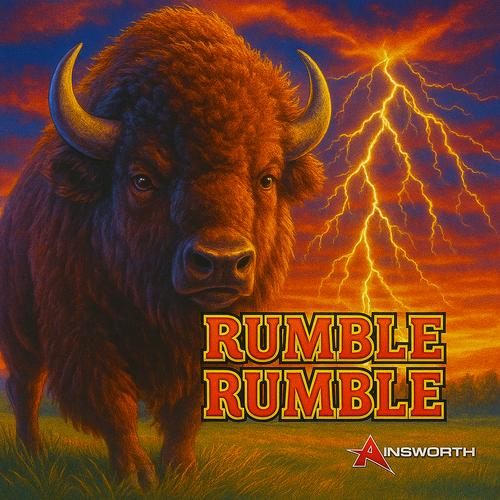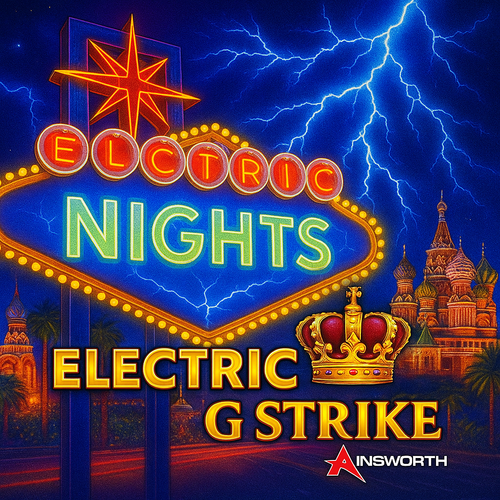Win rate vs win size - what to choose
Introduction
When choosing a slot, the player is faced with a contradiction: some machines offer frequent small winnings, others - rare but large payments. This balance is set by two interconnected metrics: hit rate (win rate) and maximum payout (win amount). Understanding their impact on volatility and bankroll management will help you find the best automatic machine.
1. Hit rate - what is and how to understand it
Definition: the proportion of spins in which at least some gain falls (fixed or bonus). For example, hit rate 25% means winning every fourth spin on average.
Impact on the game: high hit rate creates a feeling of constant movement and reinforcement; sessions seem "warm," less "dead" series.
Psychological effect: frequent small rewards develop a habit of continuing the game, even if the total return remains low.
2. Win size - big prize potential
Definition: the maximum payout of a slot, usually expressed in terms of a bet multiplier (× 500- × 10,000 and above).
Impact on the game: Big wins are rare but create a strong emotional surge.
Psychological effect: waiting for the "big couch" keeps the game exciting, but long periods without payments can be demotivating.
3. Volatility as a result of a combination of hit rate and payout size
Low volatility: high hit rate + low high; sessions are steady, but there are almost no big wins.
Average volatility: frequency and size balance; winnings are moderate and fall regularly.
High volatility: low hit rate + high high; long "drawdowns" are replaced by rare but impressive bonus phases.
4. How the frequency and size of winnings affect bankroll
5. Slot selection algorithm
1. Identify your bankroll and goals:- Small budget → Choose a slot with a high hit rate and low/medium volatility.
- The goal of "explosion" → a high maximum and willingness to suffer without payments at a low hit rate.
- The combined goal → average volatility, where there is a chance of a big win, but there are not too many series without payments.
- Find hit rate (often indicated in the description or on third-party resources).
- See the maximum multiplier and description of bonuses.
- Estimate the stated RTP and volatility.
- Swipe at least 200-300 spins at the lowest rate.
- Record the number of winning spins and the average win - compare with the theory.
- For low hit rate slots, leave 100-200 spin reserves without winnings.
- For high hit rate slots, reduce the bid to extend the session and enjoy frequent payouts.
6. Practical advice
Alternate automata: In one session, switch between low and medium volatility to avoid interest "fading."
Set limits: for time and losses, especially when playing on slots with a high maximum.
Consider casino bonuses: Free spins and cashback mitigate losses in high-volatility slots.
Keep statistics: Record results by slot to clearly see which hit rate and maximum combinations work better.
Conclusion
Choosing between the frequency of winnings and the size of payouts is a choice between stability and excitement. A high hit rate provides comfort and long sessions on a limited budget, and a large maximum gives a chance for a significant jackpot, but requires readiness for drawdowns. Understanding these parameters and a clear strategy will help you find a slot that perfectly matches your playing style and tasks.





















